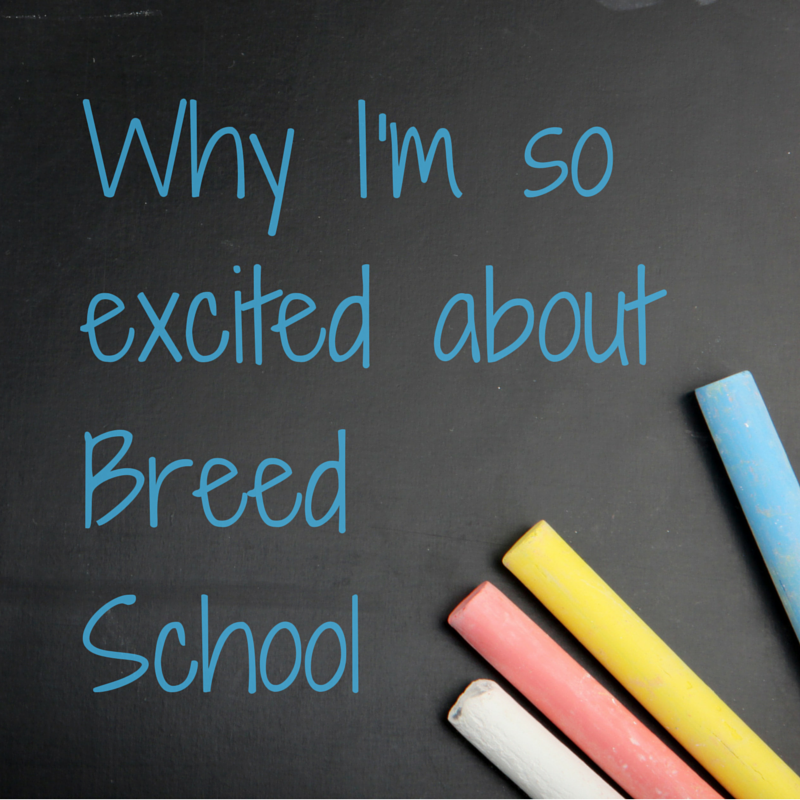Why I'm so excited about breed school
The whole point of Sheepspot is to introduce knitters and spinners to the special character of breed-specific wool and spinning fiber. Ever since I was introduced to the idea of "breed study," which is what spinners call the practice of systematically spinning the wool of different sheep breeds, it's been an obsession for me. And when I took Deb Robson's class on spinning rare breeds, that completely sealed the deal. I was amazed at the variety of the wools Deb had us spin, but I was even more amazed by the fact that I loved them all. In fact, some of the wools from the breeds most seriously threatened with extinction were the ones I loved the most. The prospect that we might lose them, and the hundreds of years of human/ovine cohabitation and interdependence they represented, affected me deeply. I immediately began scheming about ways to create new markets for these wools. The first result of that thinking came almost immediately, with the "Rare Breeds Challenge" on my podcast, SpinDoctor, an event that was written up in Spin-Off (and as far away as New South Wales). The second result is Sheepspot.
Just a few months after starting Sheepspot, I knew that I wanted to create a yarn club in which subscribers would get a different breed's yarn to knit with in every package. (I wasn't selling much fiber at the time and was still very much focused on yarn, something that's changed a lot over the past year.) I wanted the club to introduce the notion of "breed study"—something that's very much part of spinners' vocabulary—to knitters. It took a while for that idea to "cook" to the point at which I knew, first, that I wanted to create clubs for both yarn and fiber, and second, that I wanted the clubs to do more than just expose folks to these wools by sending them yarn or fiber. I wanted it to have a solid educational component as well.
That's how Breed School was born, and as I let that idea "cook," and talked about it with friends, it grew and evolved. I knew I wanted to include an information sheet about each breed; Tara Swiger (queen of the worksheets!) suggested a worksheet with prompts that would help participants keep good records of their experiences; a customer enrolled in Olds College's Master Spinner program reminded me that would-be master spinners save locks along with their breed study samples, and I knew I should include raw and washed locks with club shipments. When I can, I'll include detailed flock information as well, to strengthen your connection to the specific animals giving us the gift of their wool.
After nearly thirty years of university teaching, I could see that what was evolving was a real-live self-study course. But there was still a piece missing: the classroom. We needed a place for participants to connect with each other and with me, and to ask questions. After last month's chat on Google+, I knew the final piece was in place.
I'm excited about breed school because it twists together so many strands of my life—my wool obsession, my desire to do everything I can to support rare sheep and the humans who care for them, and my decades of teaching experience—and because it will give me a way to deepen my connection to you. As I see it, those relationships will be the bowl of warm soapy water that's going to make the plies relax and snuggle up together, that's going to finish the yarn.
I can't wait to get started. Join me?

